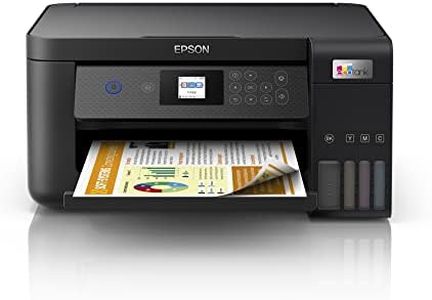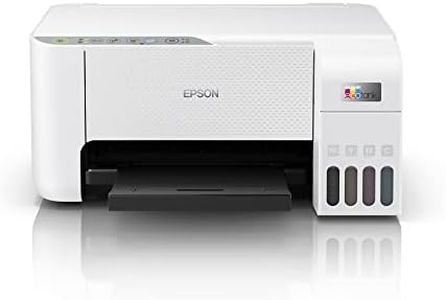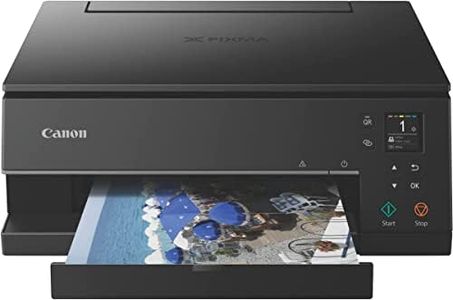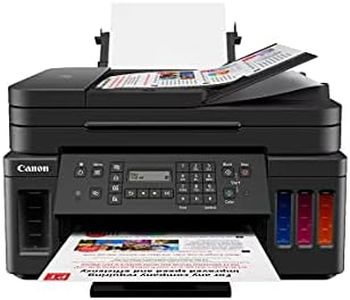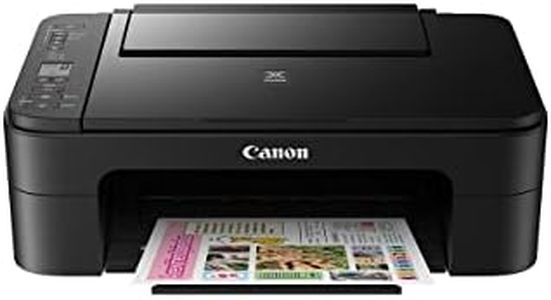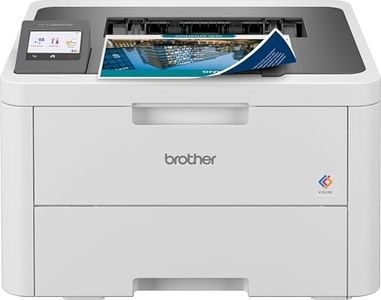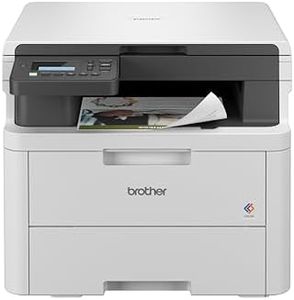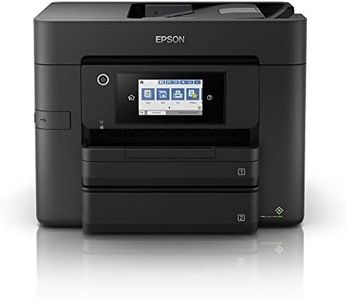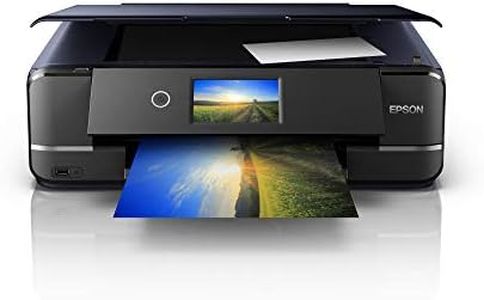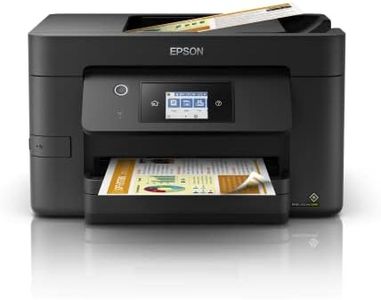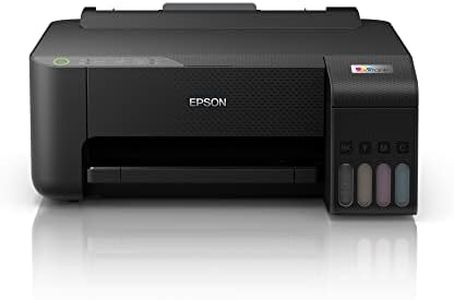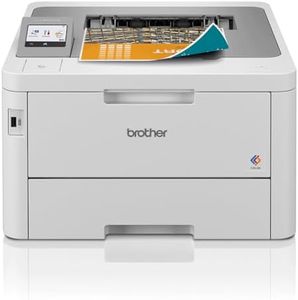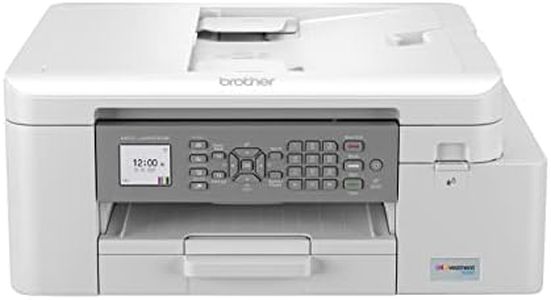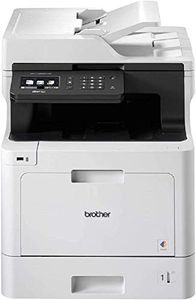We Use CookiesWe use cookies to enhance the security, performance,
functionality and for analytical and promotional activities. By continuing to browse this site you
are agreeing to our privacy policy
10 Best Color Printer For Home
From leading brands and best sellers available on the web.Buying Guide for the Best Color Printer For Home
Choosing a color printer for home can feel overwhelming because there are so many types and technical terms to consider. The best way to start is by thinking about what you'll use the printer for most: do you need sharp photos, clear text, or just occasional documents? By identifying your main uses, you can match your needs to the key specifications that matter.Print TechnologyPrint technology refers to the method the printer uses to put ink or toner onto paper. The two most common types for homes are inkjet and laser. Inkjet printers are great for vibrant color photos and mixed documents, but they may require more frequent ink refills. Laser printers tend to be faster and better suited for lots of text, but they’re often less vivid with photos. If you plan to print lots of photos, lean toward inkjet. For mostly text documents with occasional color, a color laser might be a better fit.
Print ResolutionPrint resolution tells you how detailed and sharp your prints will look, measured in dpi (dots per inch). Higher dpi means finer detail, which matters most for photos or professional-looking graphics. For home use, 600 x 600 dpi is usually fine for text and basic color images, while higher resolutions, like 4800 x 1200 dpi, are best if you want crisp photos. Pick based on whether you care more about text or high-quality images.
Print SpeedPrint speed is how many pages per minute (ppm) the printer can produce. Inkjet printers are typically slower than lasers. If you print only a few pages at a time, speed isn’t critical. If you print reports or homework regularly, a faster printer can save you time. Typical ranges are 5–15 ppm for inkjets and 15–30 ppm for lasers. Decide based on how frequently you need to print in larger volumes.
Connectivity OptionsConnectivity options include USB, Wi-Fi, Bluetooth, and sometimes Ethernet. Wi-Fi is most convenient for sharing the printer with multiple devices and printing from your phone. USB works well for a direct, single-computer setup. Some people also like printing directly from memory cards or cloud services. Think about what devices you want to print from, and whether you want a wire-free experience.
Ink or Toner CostsInk or toner cost refers to how much you’ll spend on replacements over time, which can add up quickly. Some printers use high-yield cartridges or ink tanks that last longer and lower the cost per page. If you print often, look for a printer with affordable refill options or bulk-size tanks. If you print rarely, standard cartridges might be better, since the ink won’t dry out as quickly.
All-in-One FunctionsSome printers come with extra features like scanning, copying, and faxing—these are called all-in-one or multifunction printers. These features are helpful if you ever need to digitize documents, make copies, or send faxes. If you just need to print, a simple printer is fine. If you might scan or copy regularly, consider all-in-one models.
Paper HandlingPaper handling covers the size and type of paper the printer supports, and how much it can hold at once. Most home printers handle standard letter and legal sizes, but if you want to print photos or envelopes, check for compatibility. Also look at the input tray capacity if you plan to print in larger batches—you might want a larger tray to avoid frequent refilling.
Size and NoisePrinter size and noise level matter if you have limited space or live in a quiet environment. Compact models fit better on small desks, while larger printers may offer more features but take up extra room. Some printers operate more quietly, which is good for shared or quiet spaces. Think about where you’ll put the printer and how sensitive you are to its sounds.
